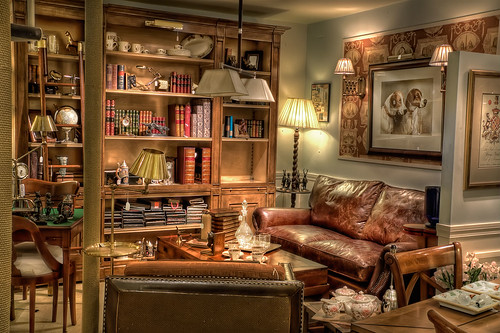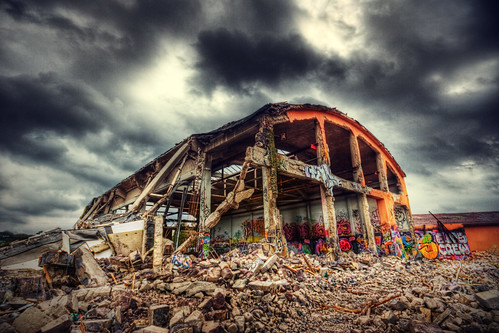What is HDR Photography?
To get started with HDR photography, download Photomatix from HDRsoft.com. They offer a fully functional trial version, which will never expire. If you decide to purchase a license, you can get an instant 15% discount by entering the coupon code photoluminary during your order.
If you are considering Photomatix Pro as a gift, I would actually recommend the boxed Amazon version of Photomatix Pro.
What is HDR photography?
In simplest terms, High Dynamic Range (HDR) photography consists of taking multiple bracketed exposures of the same scene, and then combining them. This will produce an image which will have details in both the highlights and the shadows, and be properly exposed throughout. Typically in a medium to high contrast scene, a single exposure is inadequate to capture the details at either end of the dynamic range.
HDR photography can be used for artistic as well as practical reasons. The enhanced level of detail combined with the tone mapping process can create a surreal effect. One of my friends used the words “hyper-real dreamtime” to describe one of my recent HDR creations. This effect is what initially drew me to HDR photography. However, the technique can be used in situations such as shooting architectural interiors, where lots of lighting equipment would typically need to be used.
An HDR image needs to be taken with a consistent aperture, or the varying depth of field will cause the processed image to be out of focus. The easiest way to do this is to set your camera to “aperture priority” mode. Aperture priority mode allows you to choose the exposure, and the camera chooses the correct shutter speed. If possible with your particular camera, you can choose aperture priority mode, auto exposure bracketing, and continuous shooting. This practically automates the entire process of taking taking your exposures. Individual camera models have different capabilities in these various settings, so it is best to check your camera model.
Another important part of HDR photography, is the use of a tripod. Since you will be merging more than one exposure, it is important to have little to no movement from one exposure to the next. Some people will tell you that hand held multiple exposures are just fine, if you try and hold really still. My experience is that this is generally not so. I can hold pretty still, but not that still. Photomatix Pro does have some ability to correct small misalignment between exposures, but it is always better to start with the “cleanest” image that you can take, in my opinion.
While it is always ideal to use multiple bracketed exposures to create a high dynamic range image, there is also something called pseudo HDR. Pseudo HDR images can be created with a single RAW file. A RAW file contains quite a bit more information than a JPEG. However, the range of exposure in a RAW is not comparable to that produced by taking multiple exposures, so whenever possible it is best to bracket your exposures.
There are three ways to create a pseudo HDR with a camera RAW file:
1. You can tone map your RAW file directly by opening it in Photomatix Pro.
2. You can convert your RAW file into a 16-bit image and then open it in Photomatix Pro for tone mapping.
3. Create multiple exposures in your RAW converter, and then open them in Photomatix for processing, in the same way that you would normal bracketed exposures. This technique, although a bit more time consuming, typically gives the best results.
Please see my more thorough HDR tutorial!





